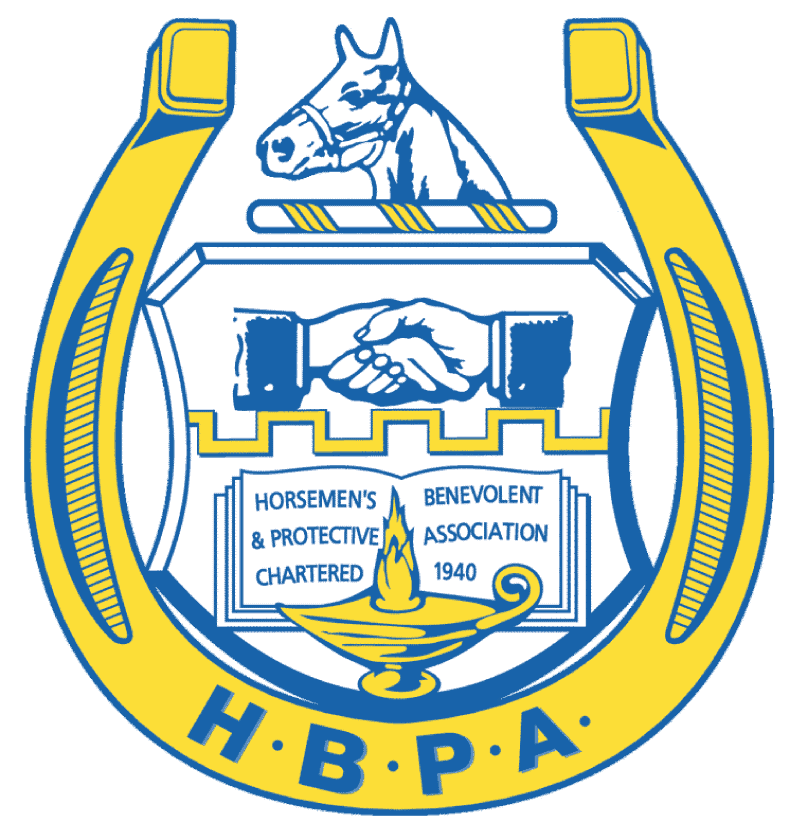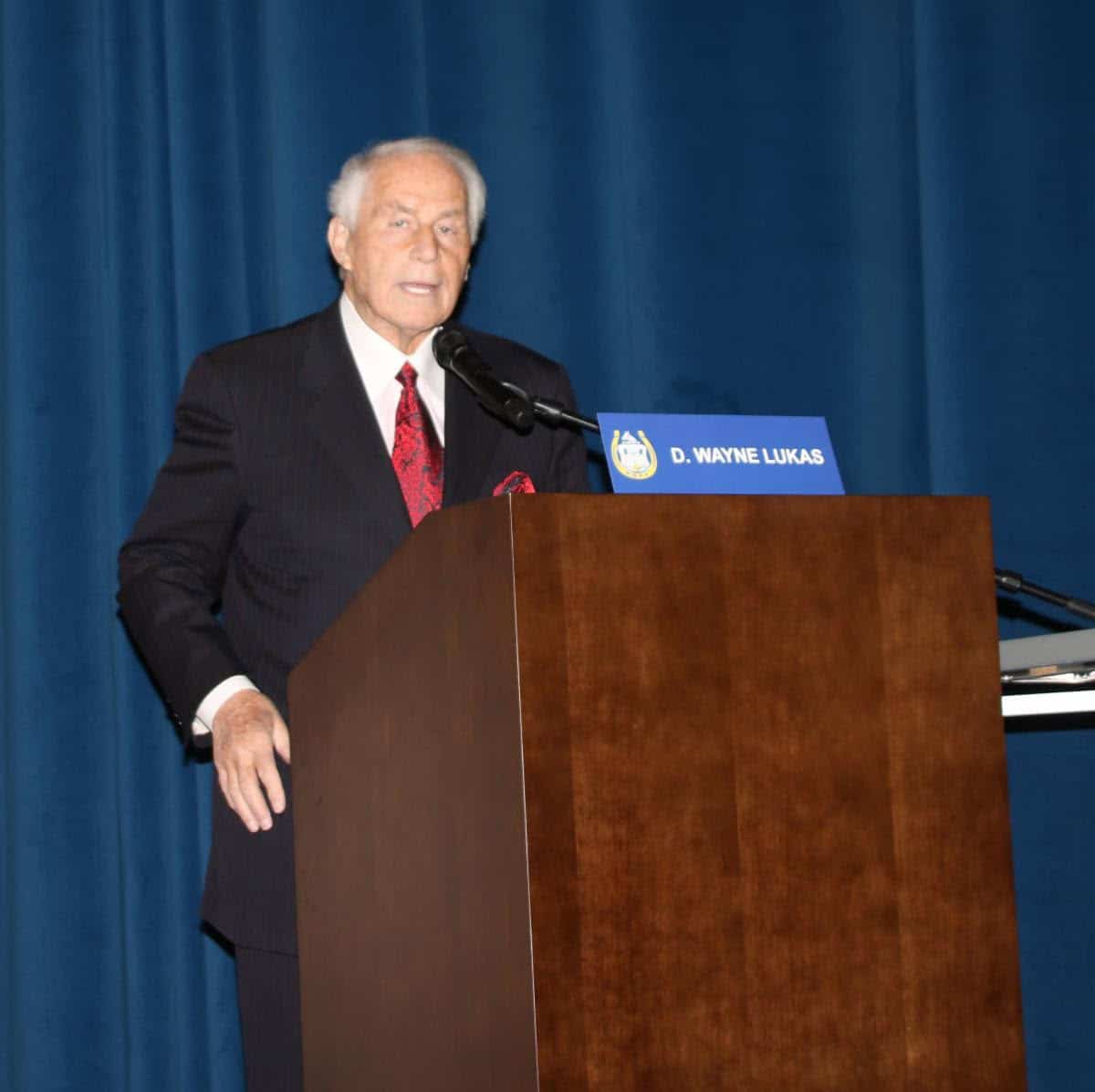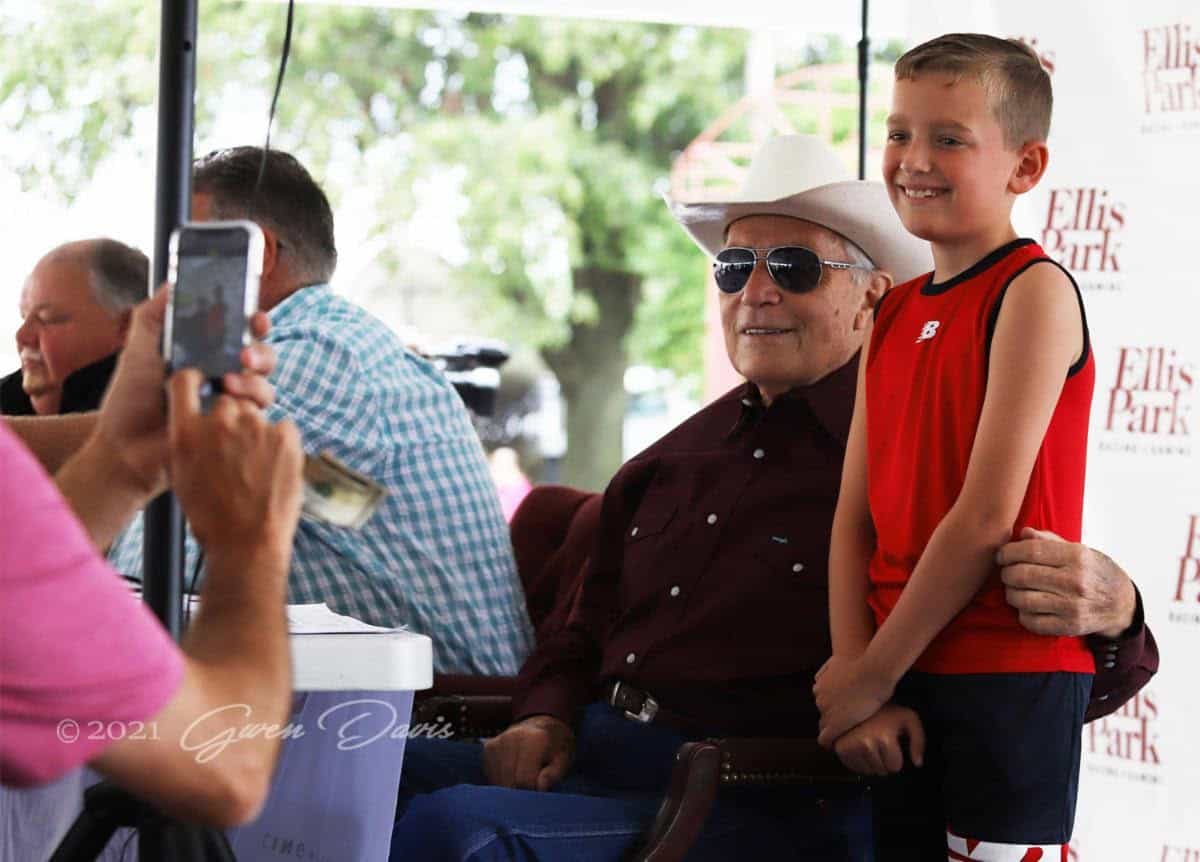Options on Immigration Policy Discussed
Blood-Horse
For the second consecutive year, a panel at the Saratoga Institute for Equine, Racing, and Gaming Law conference focused on immigration and labor laws, and their implications for the horseracing industry.
While the 2014 panel relied heavily on positive anecdotes of a major shift toward compliance in New York state with regard to labor laws and payment, this year’s panel discussed in detail the challenges backstretch workers face in securing visas.
A 2008 investigation by the United States Department of Labor in Saratoga Springs, N.Y., revealed that a majority of backstretch workers who were interviewed by the New York State Labor Commission weren’t being paid minimum wage or time-and-a-half for overtime.
Labor and immigration issues were highlighted again in the spring of 2014, when an undercover video by People for the Ethical Treatment of Animals, shot in part at Saratoga Race Course, suggested that trainer Steve Asmussen was hiring and underpaying undocumented workers.
The New York State Gaming Commission began an investigation into the video and Asmussen, but has not yet released a report about its findings.
Attorney William Velie, founder of Horseman Labor Solutions in Oklahoma, said he recently spent several mornings visiting every barn on the Saratoga backstretch, talking to workers about immigration issues and holding a free immigration clinic. He said that up to 90% of backstretch employees, depending on the racetrack, can be undocumented, and that securing labor visas can be an “onerous and burdensome” process, particularly for racetrack employees.
Trainers found not to be in compliance with immigration or labor law can be fined up to $1,000 per violation, and Velie said one trainer at Saratoga who was audited in 2012 faced $150,000 in fines because the paperwork for his employees wasn’t complete.
One of the challenges backstretch workers face is that the current types of visas available to them don’t necessarily meet the employment needs of the racetrack.
H2B visas are temporary work visas for seasonal, non-agricultural work in the U.S. and good for up to nine months. Most grooms and hotwalkers work year-round.
A more favorable visa, Velie said, would be the P1, which is good for five years. The P1 visa is specifically for athletes and can be applicable if a business meets the conditions of being a sports league.
“We need to figure out how racing can get into P1 visas and not H2B visas,” Velie said.
Trainers can encounter additional problems if workers in their barns are classified as contractors instead of employees.
“The crux of the issue is taxes and revenue,” said attorney Robert Webb of Louisville, Ky.
If an employee is classified as a contractor, the employer isn’t obligated to withhold and remit employment taxes. If a trainer misclassifies employees, the trainer could be subject to lawsuits and claims by misclassified workers.
Velie pointed out that the COMPETE Act of 2007 (Creating Opportunities for Minor League Professionals, Entertainers, and Teams Act) enabled minor league affiliate teams of Major League Baseball to secure visas for young players without having to join the larger pool of applications of H2B work visas, of which a limited number are available annually.
“Disney on Ice needed ice dancers,” Velie said, “so ice dancing got put into the bill, even though it’s not a major league sport.”
“Horse racing is the progenitor of American sports,” he added. “It deserves to be on the same level as ice dancing.”





